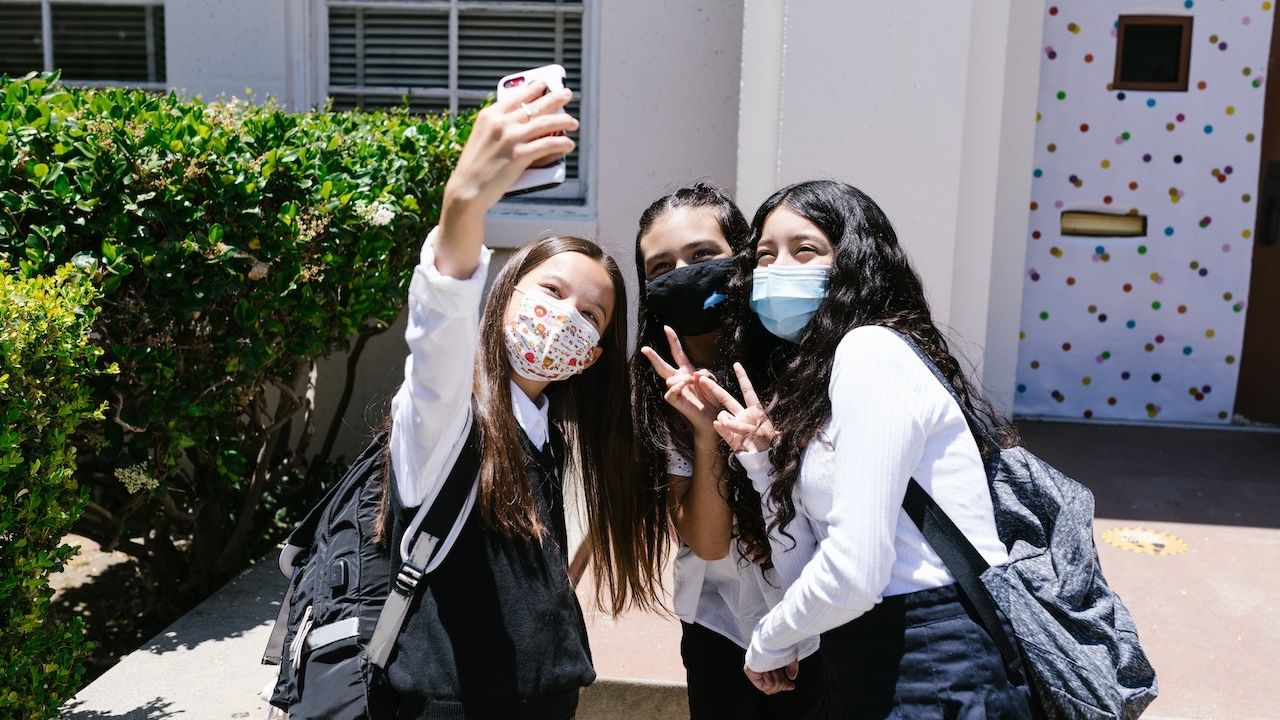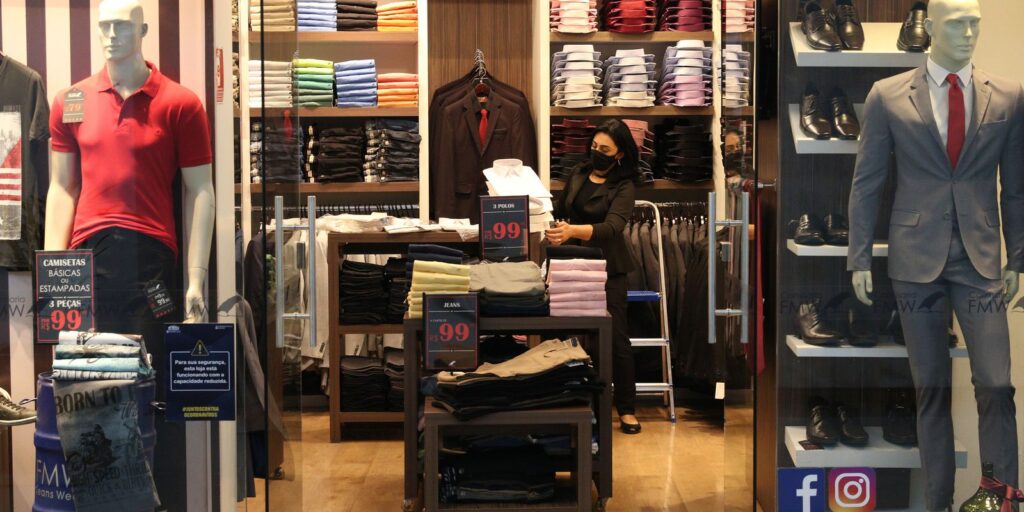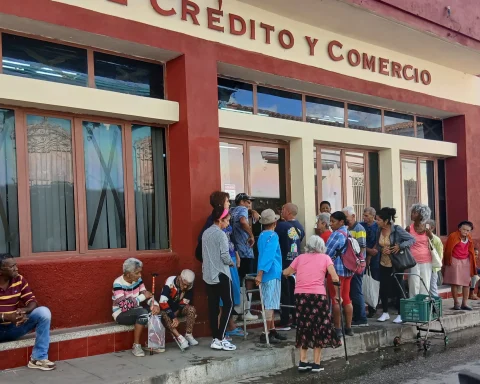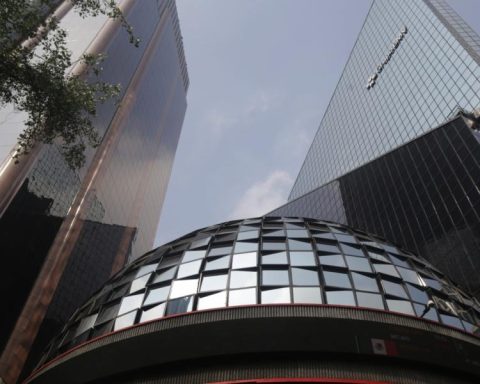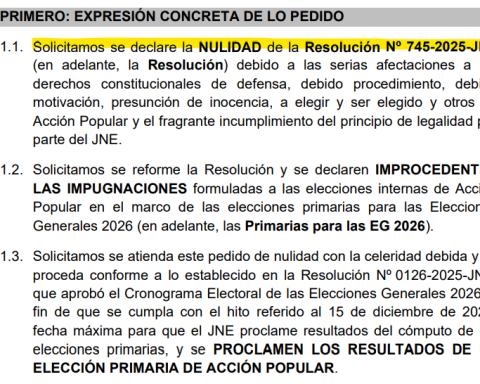The holidays are over and a complex March is expected, considering the unexpected rise of 0.8% in the Consumer Price Index (CPI) for January. As usual, school uniforms led the increases, with 17%, in addition to different supplies that stand out on the lists that many establishments require.
Caroline Carrilloa lawyer and founding partner of Sostiene, a consultancy specialized in providing comprehensive advice to owners of educational establishments, explains that “each school can make the use of the uniform mandatory. But it must be clearly specified in the School Coexistence Regulations and the obligation must be communicated no later than March. But its use is enforceable only 120 days after notification.
The expert adds that the establishment cannot require the purchase of the uniform in a specific store or provider, or brands. Therefore, the family can choose the place that best suits their budget.
Special situations and fires
Regardless of the above, Caroline Carrillo explains that no school in Chile can prohibit the entry or permanence of a student who does not comply with the school uniform regulations. Nor can it be deprived of school activities, including acts or degrees, or put a grade or grade for the use of it.
Migration, increasingly common in Chile, is also contemplated in the use of the uniform, since any migrant student who joins the school system either in March or later, does not have the obligation to wear the clothing defined by the establishment, least for the first year.
There are also special considerations for transgender students, who have the right to wear the uniform they consider most appropriate to their identity, without the establishment placing obstacles in this regard. In addition, pregnant students have the right to adapt it, depending on their needs.
The above exceptions also apply in other situations, such as the fires that have affected the center and south of the country, and in which a State of Catastrophe has been declared. In these cases, the director of an establishment can exempt students for a certain time from the total or partial use of the uniform.

Can schools require the list of supplies
Another aspect that usually generates controversy at this time is the list of school supplies that each establishment requests. In that sense, Pamela Docmaca founding member of Sustiene, adds that “In this case, the school cannot request that the supplies be purchased in a specific place, or that they be of a specific brand, except for strictly pedagogical or health reasons, which must necessarily be accredited by the establishment.”
Another aspect to take into account in the lists is that in no case can they include office or cleaning materials, which must be provided by the school itself, since they are typical of its normal operation.
Pamela Docmac also explains that “if a student does not show up with school supplies, they cannot be penalized, let alone see their right to education affected.”

What happens to the texts?
Another complex situation for the pockets of many parents in February comes from the list of texts required by schools, and the picture changes depending on the type of establishment.
Caroline Carrillo comments that “subsidized municipal or private schools have the right to receive the texts distributed free of charge by the Ministry of Education, and in the case of complementary texts, such as reading books, they must be provided free of charge by the establishment, when the student cannot acquire them” .
This changes in paid individuals, in which they choose to achieve a consensus. In these cases, the Superintendency of Education suggests creating a “report that supports the choice of school textbooks” so that parents and guardians can review prices and the educational focus of each of these.
In a particularly complex year, it is important to take into account the limits required by schools, in matters that imply an economic effort for families.
